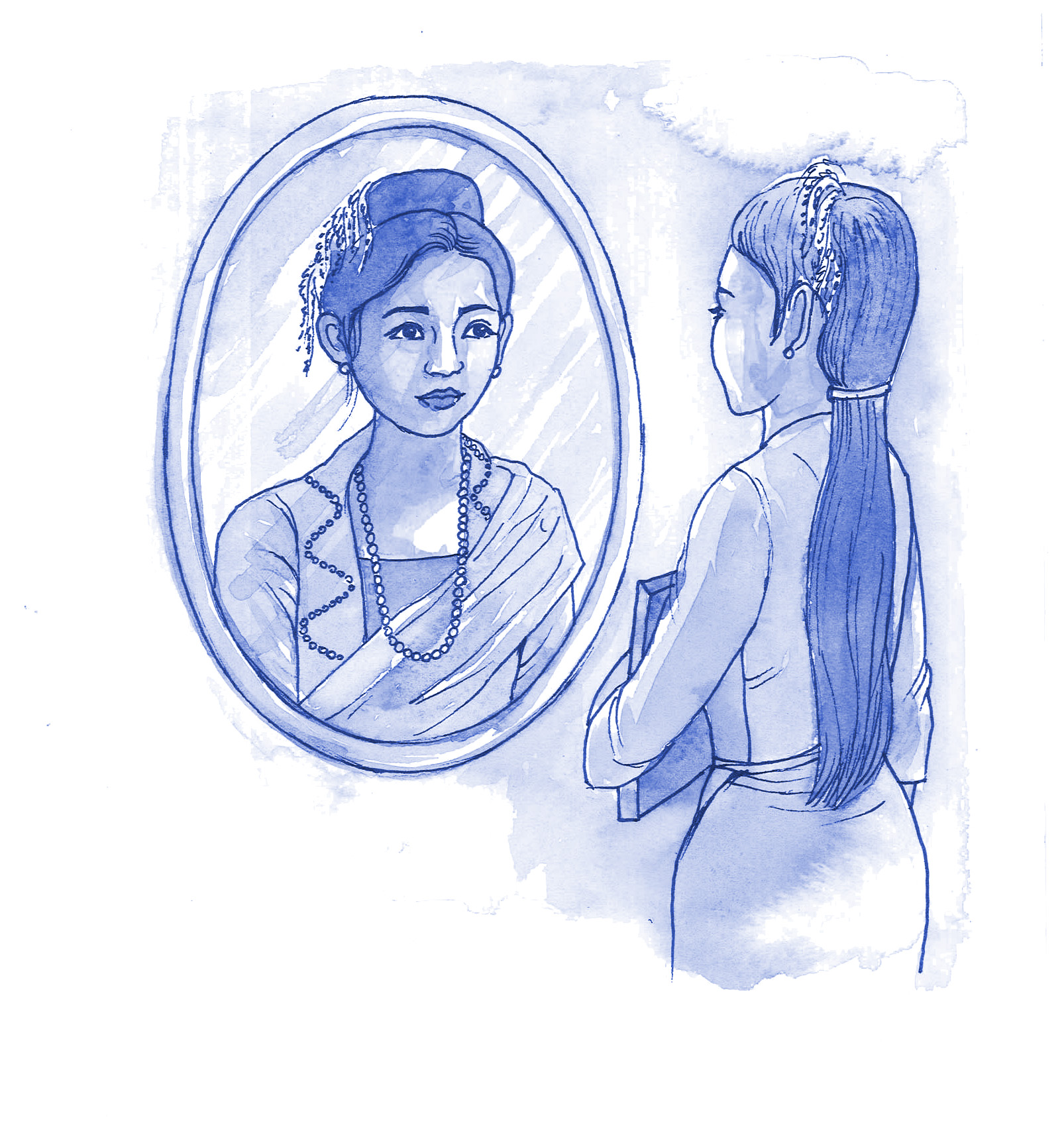Preview: How would you feel if someone assumed or gave you an identity you do not have?
Self-identification means that individuals and groups of people have a right to use any label, name or pronoun to describe themselves. Other people should show respect by using the individual's or group's chosen label, name or pronoun. People have more than one identity and some of these may be minority identities and some may be majority identities. Everyone has a right to self-identify and a right to call oneself a member of a minority group.
However, sometimes it may be prohibited or experienced as unsafe or impossible for members of minority groups to self-identify as they like in all places and at all times. For example, if one particular minority identity is criminalised by law, members of that group may not be able to openly talk about their identity in public. Another reason could be if members of a majority group intimidate or use violence against persons who have a particular minority identity.
A group can claim minority status and also minority rights, as a group. However, the political situation where they live might restrict how free they are in self-identifying as a minority group and how free they are in claiming and accessing minority rights.
Sometimes a group is given minority status by others, such as governments, advocacy groups or international institutions. In this situation, it is important to find out how the members of that group self-identify as individuals. Members of a group might not agree on the same name or label for their group, or what characteristics its members share. Individuals in that group might identify in different ways from each other. Some individuals who are given minority status by others might not self-identify with that group.
There could be reasons why members of a group might not want to identify as a minority. They may feel that the word ‘minority’ is somehow negative or carries a social stigma . They may feel like self-identifying as a minority, or as a member of a particular minority group, might put them at greater risk of discrimination or marginalisation. They may choose to self-identify according to a geographic area in which they are a majority.
It is important to try and recognise, understand and respect a person’s multiple identities, including any minority identities they may have. It is important to use the correct labels, names and pronouns and to not use any labels, names and pronouns that are hurtful or disrespectful. It is also important to not make assumptions about individuals and groups; instead, learn more about them.
Reflection/Discussion
- What identities do you have that you consider to be minority identities?
- How do you feel about these identities?
- Do you have any identities that the government considers to be minority identities?
- If yes, how do you feel about these identities?
အမျိုးသားရေးဝါဒီ
လှုပ်ရှားသွားလာနိုင်မှု
အမွေအနှစ်
ကိုလိုနီဝါဒ
